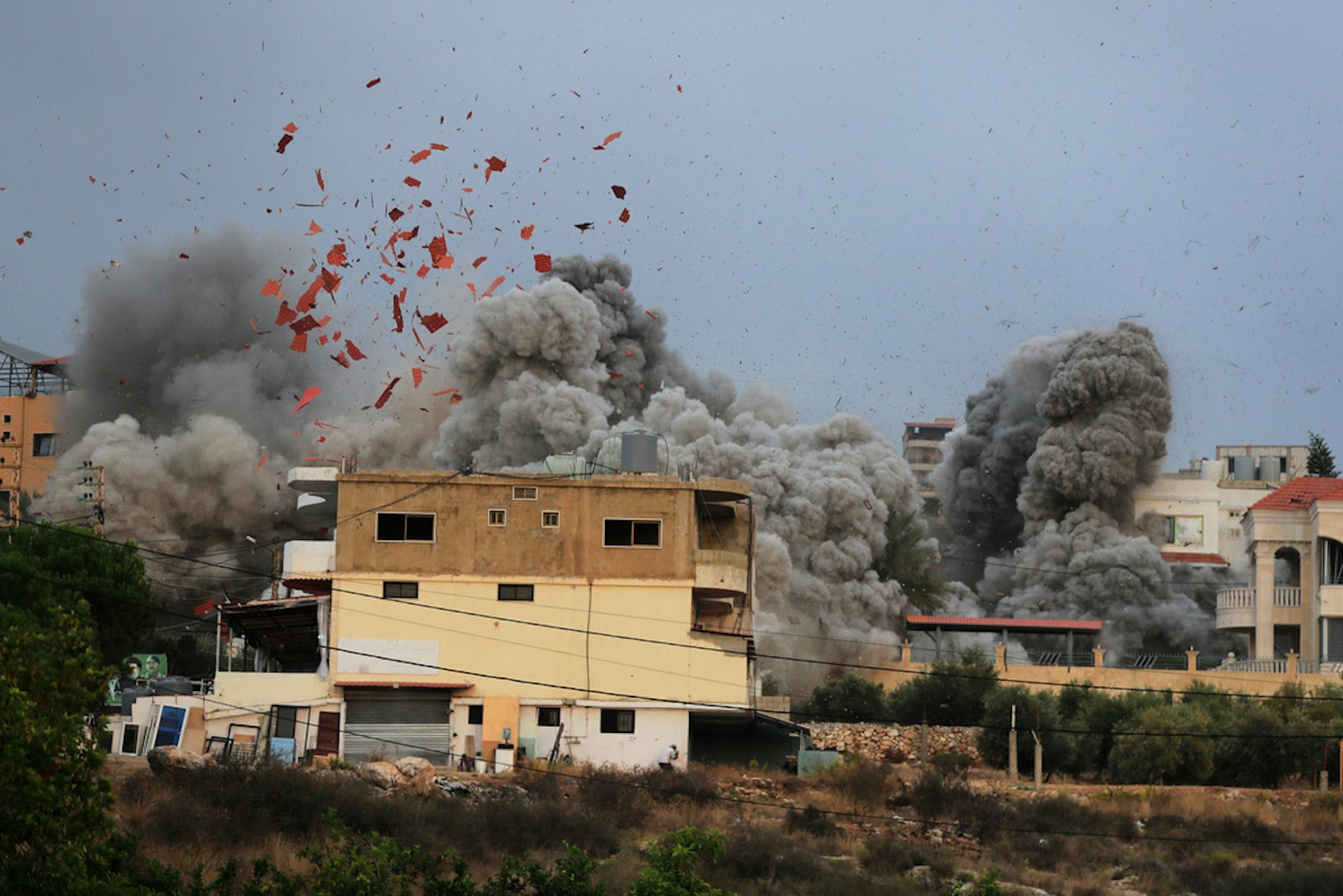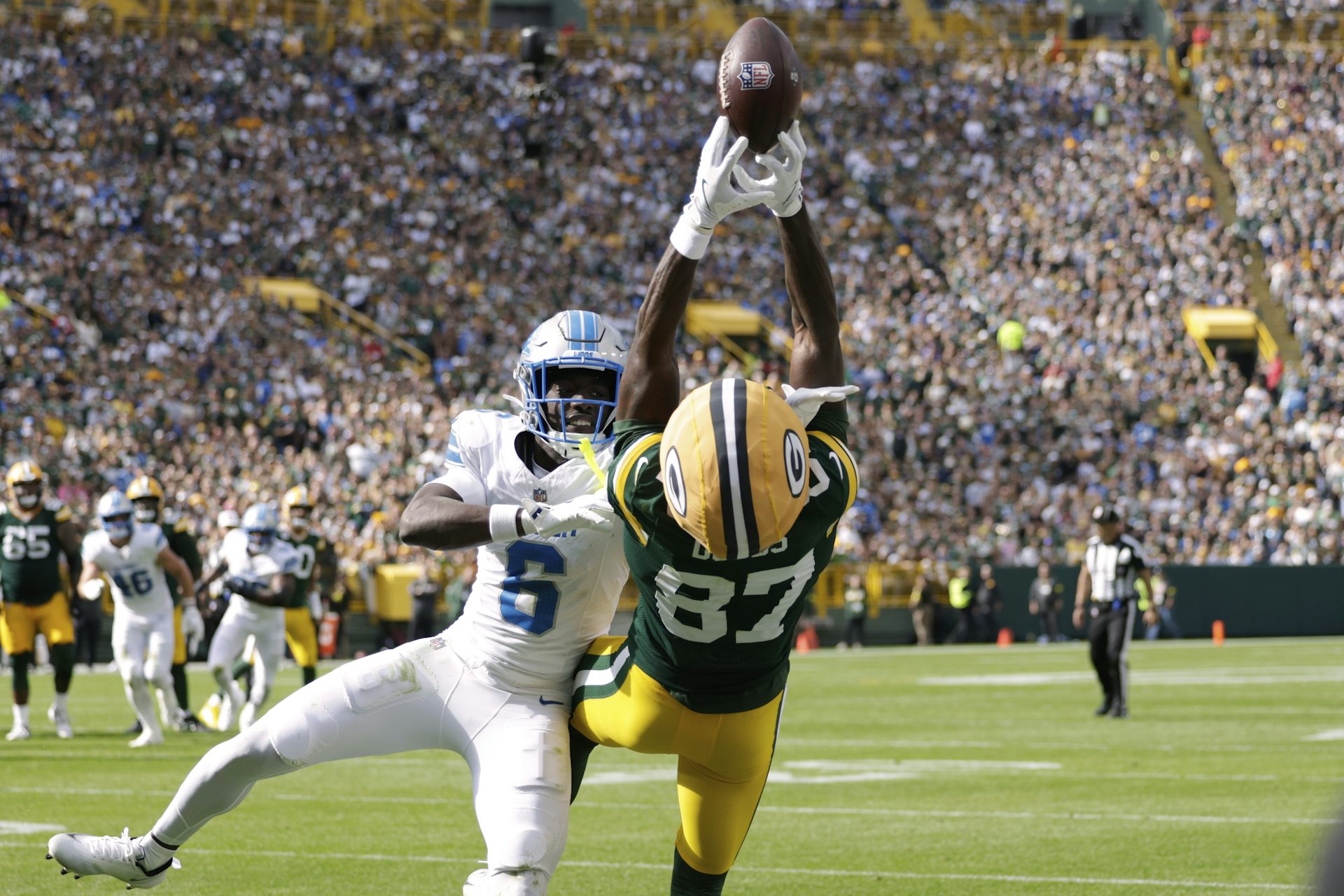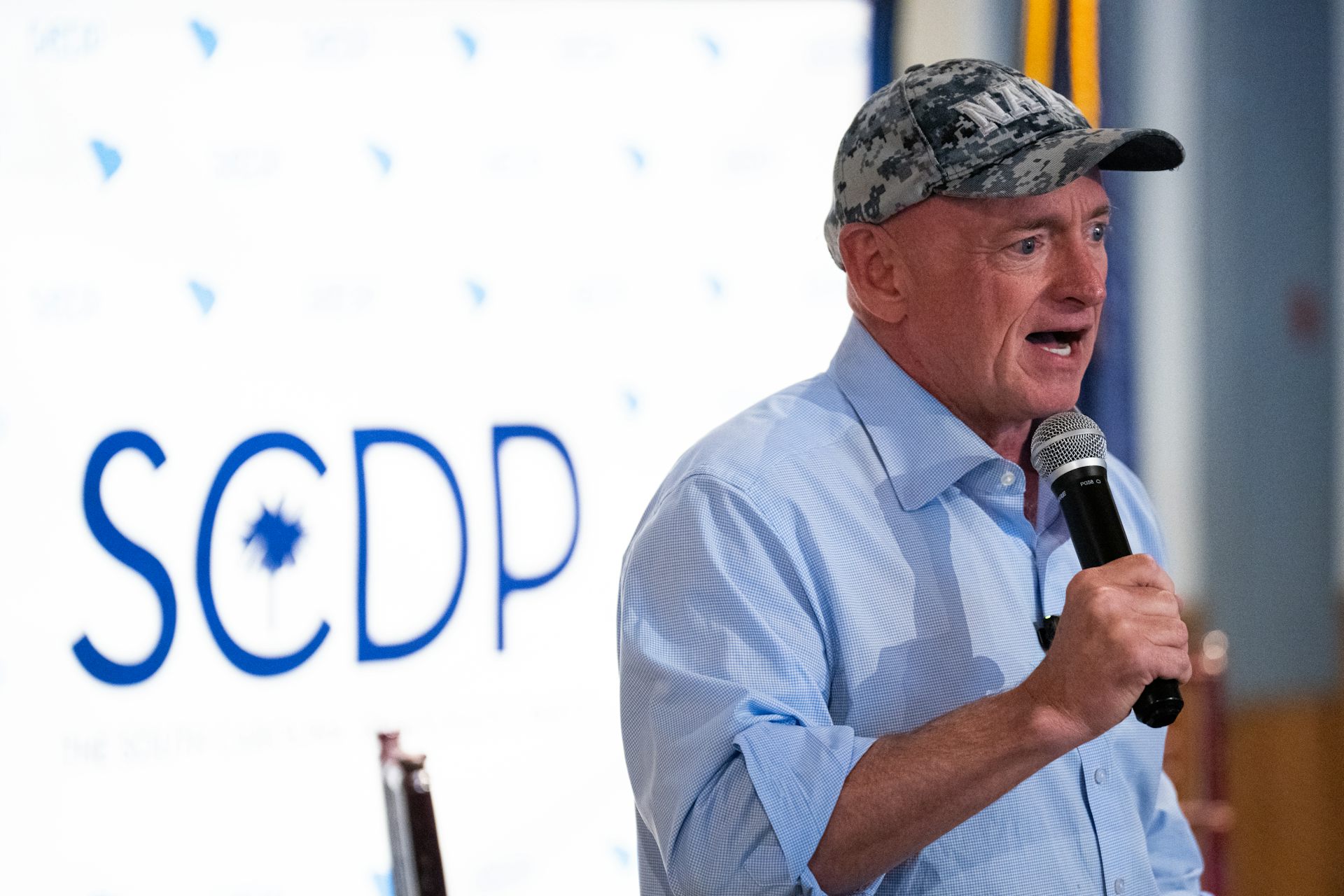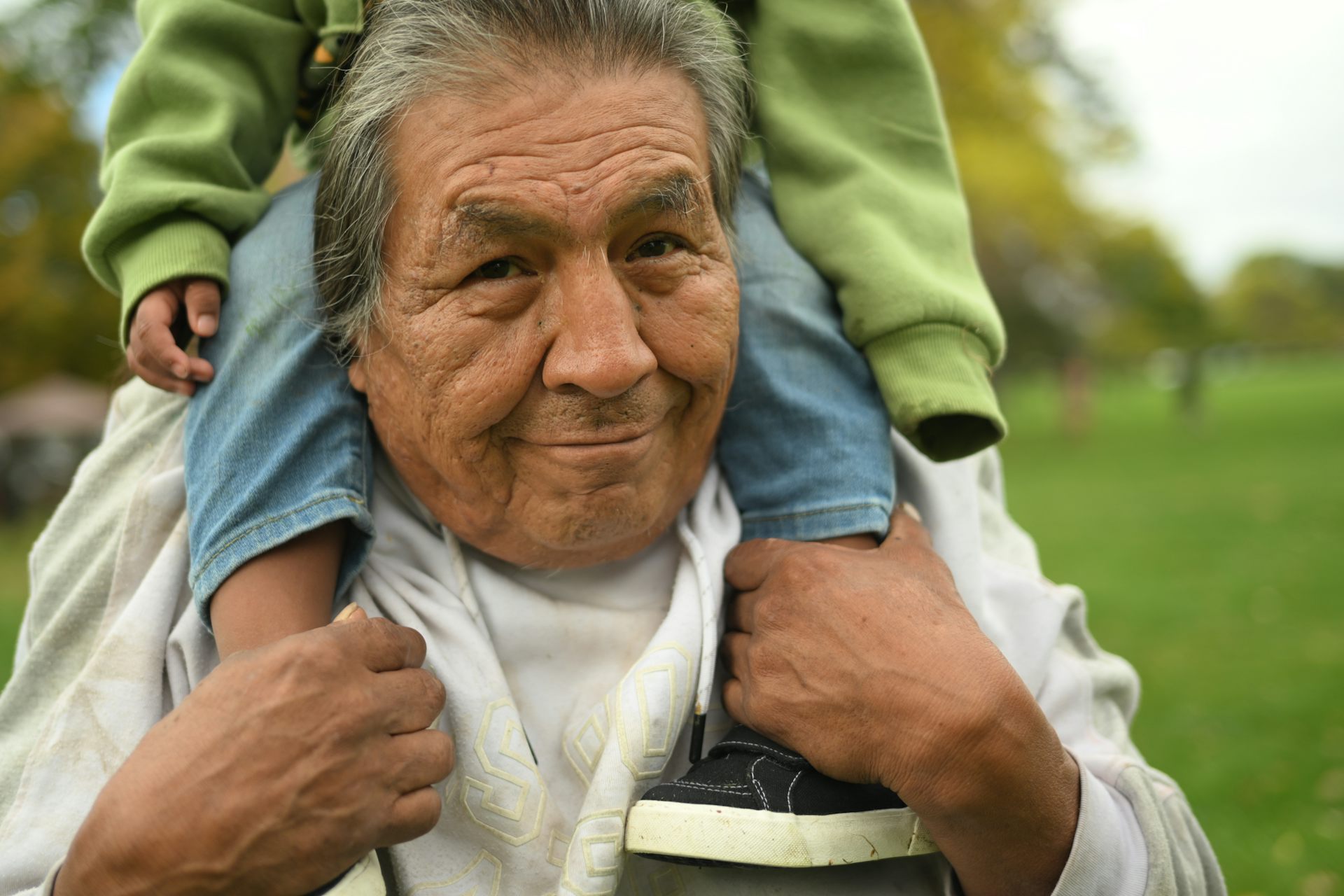How Puerto Rico's economy is holding back recovery: 3 essential reads
While the hurricanes last year dealt devastating blows to Puerto Rico, its challenges predate the storms and continue on today. They also offer new opportunities.
Puerto Rico made headlines last September when Hurricane Irma swept through the island, closely followed by Hurricane Maria, leaving death and devastation in their wake.
A recent study estimated that as many as 5,000 people died as a result of Hurricane Maria alone – compared with the official estimate of just 64 – while the financial toll of recovery from that storm was put at about US$94.4 billion by the island’s governor.
Since then, Puerto Ricans have struggled with loss of power, shortages in housing and health supplies, and a declining population as tens of thousands have moved to the mainland, making recovery even harder. To top it all off, Puerto Rico was already bankrupt before the storms.
Attempts to rebuild Puerto Rico are constrained by its troubled economic situation, from the financial hardships the island faced before the hurricane to the hobbled recovery. Three stories from our archive offer some insights.
1. Puerto Rico before Irma
Before the hurricanes, Puerto Rico was already headed for a financial disaster due to the years Puerto Rico spent borrowing money to offset declining revenues.
Economic activity had shrunk in almost every year since 2006 and the population had decreased by 9 percent since 2007, largely because of immigration to the United States, according to Brian Gendreau, the director of the Latin American Business Environment program at the University of Florida.
Near the end of June 2016, Puerto Rico was facing imminent default, which was averted at the last minute by a U.S. rescue plan to reduce the island’s debt and budget deficit.
But focusing solely on debt would never be enough to solve Puerto Rico’s problems, Gendreau writes. Rather, what Puerto Rico really needed to put the island on a path to sustainable growth was new investment, the kind that could build on the “many strengths” that it already had, such as a high level of education and U.S. laws that provide powerful property and contract protection.
“Puerto Rico likely would do better to focus on its strengths in producing knowledge-based goods and services and in transportation and tourism,” Gendreau argues.
Beyond trying to spur more investment, the U.S. could also help Puerto Rico by removing barriers to its growth such as The Jones Act – still in effect – which makes it harder for it to trade with other countries.
“It would be wrong to dismiss Puerto Rico’s potential for growth, but only a relentless optimist would think growth will resume soon – particularly without the kinds of policies that will actually encourage it,” Gendreau concludes.
2. Puerto Rico after Maria
The hurricanes exposed just how dependent Puerto Rico is on other countries and how vulnerable it is in an emergency.
Food security on the island has always been fragile because Puerto Rico imports over 85 percent of its food. Efforts to change this and ramp up domestic food production in recent years were severely set back by Maria.
The hurricane’s “winds and floodwaters demolished these gains in bananas, plantains, coffee, dairy and corn production,” writes Lauren Lluveras, postdoctoral fellow at the University of Texas, Austin. Roughly 80 percent of its crop value vanished overnight.
Similarly, health care has long been deficient, and the loss of power to most of the island in the wake of the storms made the situation quite deadly. These problems, the financial crisis and a general lack of resources have made the island “exceptionally vulnerable to disasters like Maria,” Lluveras argues.
Despite the severe problems, U.S. disaster relief paled in comparison to that sent to states like Texas and Florida following their own emergencies, leaving it to Puerto Ricans themselves to rebuild their home.
“Fortunately, Puerto Rico has a culture of resilience,” Lluveras writes. “Since the storm, residents have stepped up to help, feed and shelter one another. If the U.S. federal government won’t save Puerto Rico, we Puerto Ricans will.”
3. Fixing the power grid
Recently, the Puerto Rico Electric Power Authority restored power to virtually all residents of the island. Yet, the grid remains precarious.
Part of the solution, according to Puerto Rican Governor Ricardo Rosselló, is to privatize the power grid, which the island is currently doing after he signed a law in June.
But privatization “will bring Puerto Rico more headaches than relief,” argues Arturo Massol-Deyá, professor of microbial ecology at the University of Puerto Rico.
Massol-Deyá describes how a past effort to privatize electricity and other Puerto Rican Services precipitated the downward spiral of the national energy company, weakening it so drastically that it wasn’t able to restore power after Maria. Doing so also damaged the environment.
A better bet would be to double down on renewables like solar and wind, which saw solid gains in the aftermath of Maria as demand grew for more resilient power systems, he argues. The private companies expected to take over the power grid will likely favor fossil fuels.
“Embracing renewable power requires government commitment,” Massol-Deyá argues. “Instead, Gov. Rosselló seems to be backing out of the Puerto Rican energy game, leaving the island’s energy future at the mercy of private capital.”
Editor’s note: This article is a roundup of stories from The Conversation’s archive.
Read These Next
Drones, physics and rats: Studies show how the people of Rapa Nui made and moved the giant statues –
The mysteries of Easter Island, subjects of speculation for centuries, yield to scientific inquiry.
A year on, the Israeli-Lebanese ceasefire looks increasingly fragile − could a return to cyclical vi
Since the start of the truce on Nov. 27, 2024, there have been thousands of Israeli violations inside…
George Plimpton’s 1966 nonfiction classic ‘Paper Lion’ revealed the bruising truths of Detroit Lions
George Plimpton, then a 36-year-old literary editor, endured the brutal realities of a professional…






